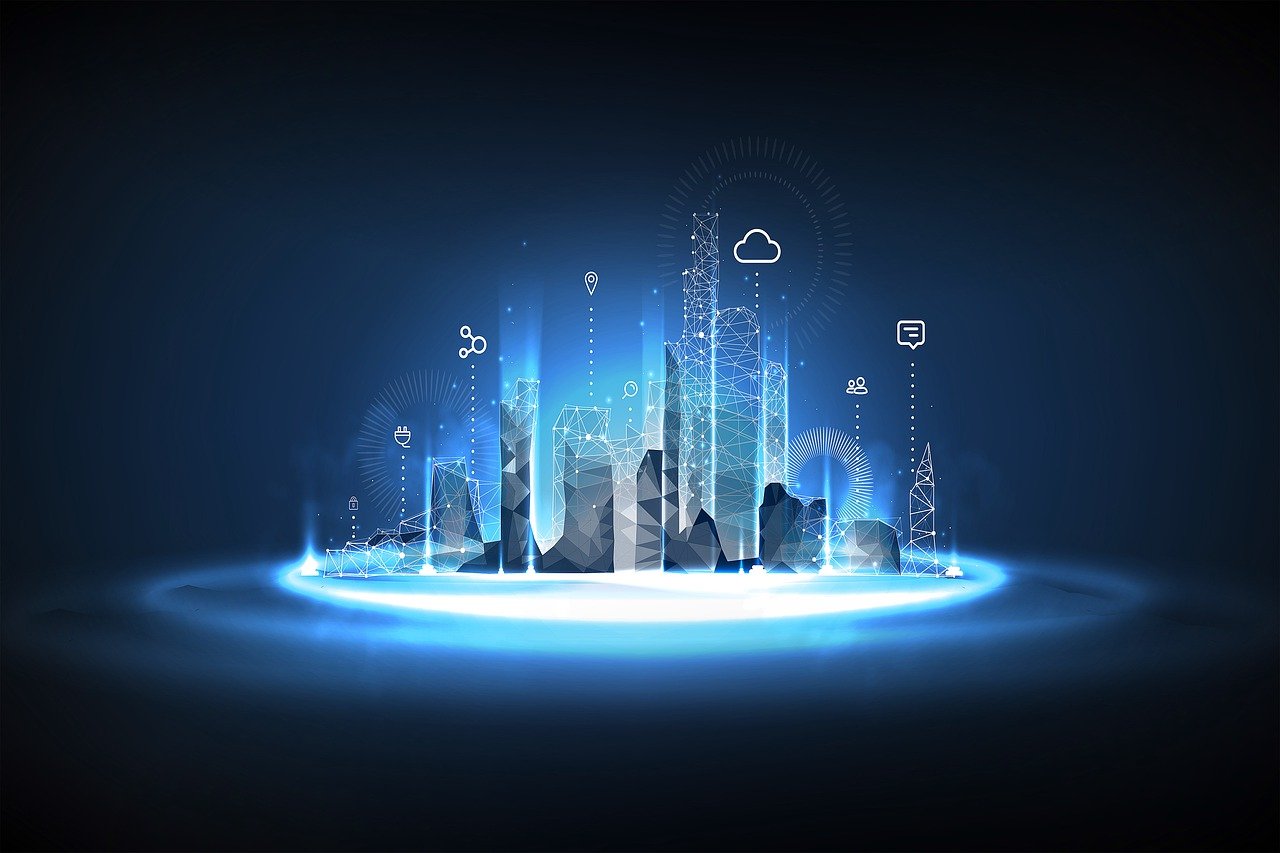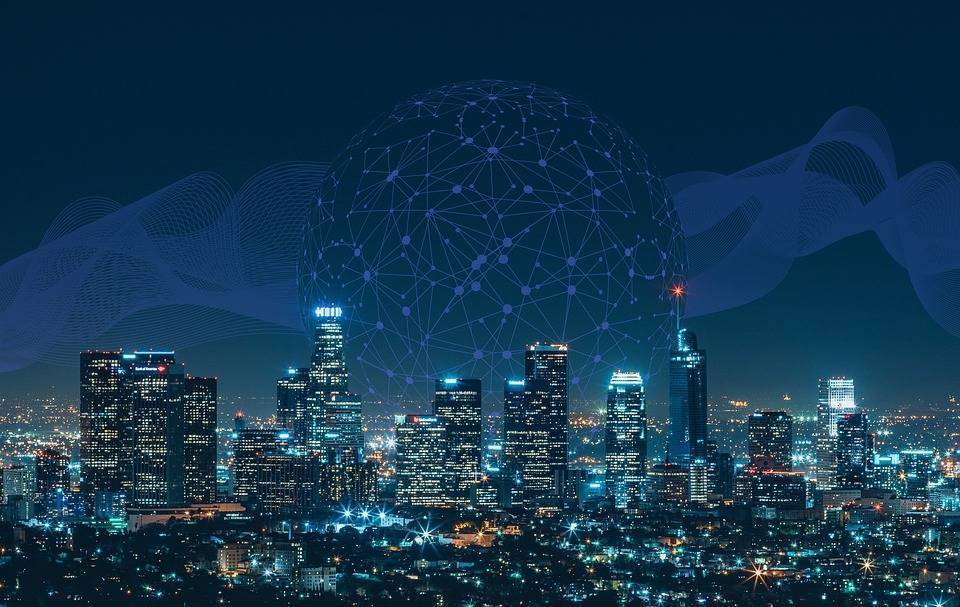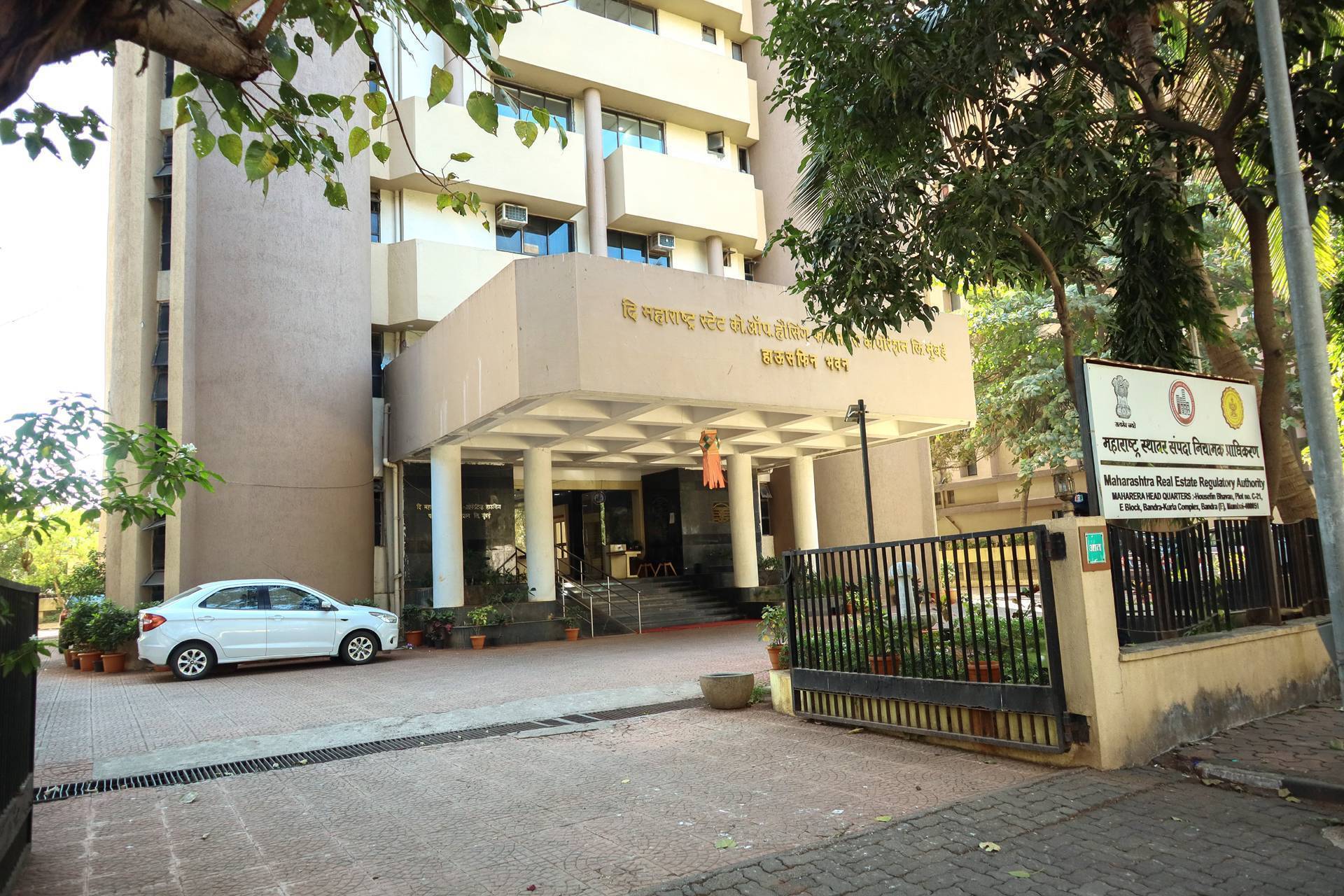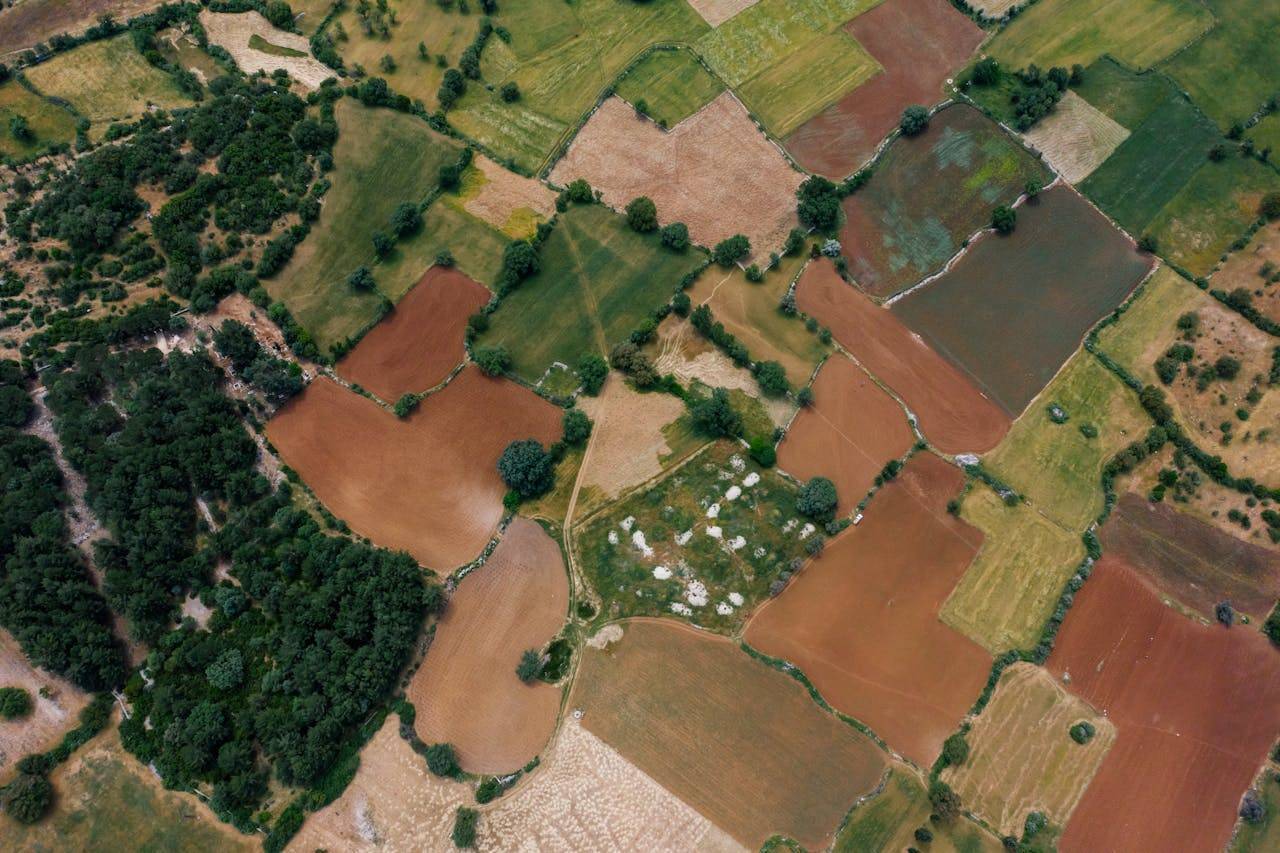As urban populations continue to rise, Smart Cities have emerged as a transformative solution to enhance the quality of life for residents while addressing critical challenges such as resource management, environmental sustainability, and economic growth. By harnessing cutting-edge technologies, Smart Cities streamline urban services, optimize resource usage, and create more livable, sustainable environments for both people and the planet.
What Are Smart Cities?
A smart city is an urban area that leverages technology to enhance the quality of life for its residents, streamline city services, and address the challenges associated with urbanization. The idea behind a smart city is to create an ecosystem where infrastructure, services, and systems are interconnected and can be managed in real-time using data-driven solutions.
The core of a smart city lies in its ability to collect, analyze, and act on data. Cities utilize a variety of technologies, ranging from sensors and Internet of Things (IoT) devices to advanced artificial intelligence (AI) and cloud computing platforms—to monitor everything from traffic patterns to air quality. This data allows city managers to make informed decisions, predict future needs, and optimize resource allocation for improved efficiency.

The Structure of Smart Cities Technology
Smart city operates through a three-layered technological system that includes the sensor, communication, and application layers:
Sensor Layer: The sensor layer consists of devices and technologies such as IoT sensors, cameras, RFID trackers, and environmental monitoring systems. These tools collect real-time data from various urban environments, including transportation, energy usage, waste management, and public safety.
Communication Layer: Once data is collected by sensors, it must be transmitted to processing systems. This is where communication technologies come into play. Mobile networks, including 4G, 5G, and fiber optics, form the backbone of data transmission within smart cities, allowing for high-speed communication between devices and central management systems.
Application Layer: The application layer refers to the software and AI systems that analyze and interpret the data collected from sensors and communication systems. These systems enable decision-making processes, manage city operations, and facilitate real-time responses to issues like traffic congestion, emergency events, and resource management.
By integrating these layers, cities can optimize infrastructure management, improve public services, and enhance sustainability efforts.

Technologies used for Building Smart Cities
Internet of Things (IoT):
IoT is the backbone of smart city technologies, enabling a vast network of interconnected devices that communicate data to optimize urban management. IoT devices are embedded in infrastructure, such as traffic lights, streetlights, waste bins, and even vehicles. These devices capture real-time data on various urban parameters like air quality, traffic flow, waste levels, and energy consumption. This data is then analyzed to provide actionable insights that improve city services. For example, IoT-enabled smart traffic systems dynamically adjust signal timings based on traffic conditions, reducing congestion and improving road safety. In waste management, IoT sensors in bins alert city workers when they are full, allowing for more efficient collection and waste processing. Overall, IoT makes cities more responsive and efficient by streamlining services and enhancing public safety.
Artificial Intelligence (AI):
AI plays a central role in processing and analyzing large volumes of data generated in smart cities, allowing for automation and predictive decision-making. AI technologies, including machine learning, natural language processing, and computer vision, help cities become more efficient and sustainable. In traffic management, AI algorithms can predict peak traffic times and optimize signal patterns to minimize congestion. In energy management, AI-driven systems can analyze consumption patterns, adjust heating, cooling, and lighting systems in real-time, and reduce energy wastage. Furthermore, AI is used in public safety, where surveillance systems powered by facial recognition and anomaly detection algorithms can help identify suspicious activities and alert authorities. By continuously learning from new data, AI technologies help cities become more adaptive and proactive in managing urban challenges.
Big Data & Analytics:
Smart cities are data-driven, generating vast amounts of information from multiple sources, including sensors, social media, and city infrastructure. Big data platforms aggregate and process this information to uncover trends, patterns, and correlations that can optimize urban planning and service delivery. For instance, analyzing traffic data across the city can reveal the best locations to install new roads, bike lanes, or public transportation stops. In healthcare, big data analytics can predict disease outbreaks by analyzing health records and environmental data, enabling early interventions. By leveraging predictive analytics, cities can improve resource allocation, plan for future growth, and create policies that respond to the evolving needs of residents. Big data also aids in the efficient management of public services, such as waste collection, water distribution, and energy use, enhancing the overall quality of life for citizens.
5G Connectivity:
5G technology provides ultra-high-speed wireless communication with extremely low latency, which is essential for real-time applications in smart cities. With 5G, large amounts of data can be transmitted quickly between devices, sensors, and control centers. This fast connectivity is crucial for technologies like autonomous vehicles, smart grids, and remote healthcare. For example, autonomous vehicles require high-bandwidth, low-latency communication to operate safely and navigate traffic. Additionally, 5G enables the seamless operation of IoT devices across the city, ensuring continuous data exchange for smart traffic management, energy grids, and more. In public safety, 5G allows for real-time video surveillance and quick emergency response coordination. As 5G becomes more widespread, it will unlock the potential for even more sophisticated applications in smart cities, enabling faster, more efficient services for residents.
Smart Grids:
Smart grids use digital technology to monitor and manage electricity distribution across cities. These advanced grids enable utilities to collect real-time data on energy usage, detect power outages, and respond proactively to changes in demand. Smart meters installed in homes and businesses provide detailed usage data, allowing consumers to track their consumption and make more informed decisions about their energy use. Moreover, smart grids facilitate the integration of renewable energy sources like solar and wind power into the grid by balancing supply and demand efficiently. For instance, during periods of high solar energy production, the grid can redirect excess power to areas with high demand. The flexibility of smart grids also allows for dynamic pricing models, where consumers can adjust their usage patterns based on fluctuating electricity rates, helping to reduce overall energy consumption and costs.
Smart Buildings:
Smart buildings integrate advanced technologies to enhance energy efficiency, improve occupant comfort, and reduce operational costs. Through sensors and automation, these buildings can optimize lighting, heating, cooling, and security based on real-time occupancy data. For example, smart thermostats automatically adjust the temperature in rooms based on occupancy, saving energy when spaces are unoccupied. Similarly, smart lighting systems use motion sensors to turn off lights in empty rooms, contributing to energy conservation. Building Management Systems (BMS) monitor the entire building's performance, providing facility managers with real-time data to manage operations and identify areas for improvement. Additionally, smart buildings are designed with sustainability in mind, often incorporating green roofs, energy-efficient insulation, and renewable energy systems to reduce their environmental footprint.
E-Governance Platforms:
E-governance platforms allow citizens to access government services online, reducing the need for in-person visits and improving efficiency. In a smart city, these platforms enable seamless interactions between residents and local authorities for tasks like paying taxes, renewing licenses, or reporting issues such as potholes or streetlight malfunctions. By providing digital access to services, e-governance platforms increase transparency and reduce corruption. They also help streamline administrative processes, reducing paperwork and delays in service delivery. Moreover, these platforms enable real-time communication between citizens and government officials, ensuring faster responses to public concerns. E-governance helps foster a more inclusive and accessible urban environment, empowering residents to actively engage in city governance and development.
Smart Water Systems:
Smart water systems utilize IoT sensors to monitor and manage water usage across cities, improving efficiency and promoting conservation. These systems can detect leaks in pipes, monitor water quality, and track consumption in real-time, allowing for more responsive management of water resources. For example, smart water meters enable utilities to monitor water usage at the individual household level, providing detailed consumption data and allowing for more targeted conservation efforts. Furthermore, smart systems can adjust water distribution based on demand and supply, ensuring optimal usage. In times of drought or water scarcity, smart water systems can help mitigate wastage by automatically shutting off water flow in case of leaks or overuse, contributing to long-term sustainability in urban water management.
Smart Parking:
Smart parking systems use IoT-enabled sensors and mobile apps to help drivers find available parking spaces quickly and efficiently. Sensors installed in parking spots detect whether a space is occupied and relay this information to a central system. This data is then transmitted to a mobile app or digital signage, guiding drivers to the nearest available spot. Smart parking systems help reduce traffic congestion by eliminating the need for drivers to search for parking, which is often a time-consuming and frustrating process. Additionally, these systems can include features such as dynamic pricing, where parking rates change based on demand, encouraging more efficient use of available spaces and optimizing the distribution of vehicles across urban areas.
Blockchain:
Blockchain technology is used to create secure, transparent, and immutable digital records that cannot be altered without detection. In the context of smart cities, blockchain can be applied to a range of applications, such as managing public records, securing transactions, and enabling smart contracts. For instance, blockchain can be used in land registries to ensure transparent and tamper-proof records of property ownership, reducing fraud and disputes. It can also streamline transactions in sectors like public transportation and utilities, enabling secure and automated billing through smart contracts. Blockchain technology enhances trust between residents, businesses, and local authorities, ensuring that city services are transparent and accountable. Additionally, it can improve data privacy, as residents can control their personal information without relying on centralized authorities.
Geospatial Technology:
Geospatial Technology is essential in smart cities for efficient urban planning and management, utilizing tools like Geographic Information Systems (GIS), remote sensing, and GPS to analyze spatial data. It helps city planners make data-driven decisions by mapping traffic patterns, land use, infrastructure needs, and environmental factors. For instance, GIS can optimize transportation routes, assess environmental impacts, and track the condition of urban assets like roads and utilities, ensuring timely maintenance. It also plays a key role in disaster management, providing real-time maps for damage assessment and emergency response. Ultimately, geospatial technology enhances sustainability, improves resource allocation, and contributes to smarter, more efficient urban development.
Enterprise Service Management (ESM)
Enterprise Service Management (ESM) systems, such as C2 ITSM, are gaining popularity in smart city management due to their ability to streamline city operations and improve service delivery. ESM software applies the principles of IT service management (ITSM) to other business and civic operations, enabling cities to manage internal and external requests more efficiently. ESM platforms can be used to manage service requests across various departments, including parks, transportation, public safety, and waste management. By consolidating service requests into a single platform, city agencies can collaborate more effectively and ensure timely responses to citizens' needs.
Why is the Demand for Smart Cities Increasing?
With more than half of the world's population already residing in urban areas, this number is projected to rise to two-thirds by 2050. As urbanization accelerates, cities face increasing pressure to accommodate rising populations while minimizing their environmental footprint. Among the most pressing challenges are climate change, greenhouse gas emissions, and the need for more efficient resource management. Cities are responsible for around 75% of global carbon emissions, making them key players in the fight against climate change.
Smart Cities are designed to address these challenges by reducing energy and raw material consumption, improving waste management, and utilizing technology to monitor and optimize energy generation, storage, and consumption. For example, smart grids and smart meters can help manage energy distribution more efficiently, making energy usage more transparent and reducing wastage.
The economic and social structures of cities are also changing, driven by global networks and technological advancements. As cities evolve, they must remain competitive while fostering innovation, sustainability, and economic productivity. By embracing Smart City technologies, governments can manage urban growth more effectively and improve social inclusion, accessibility, and resilience.
India's Smart Cities Mission Extended Till March 2025 for Project Completion
The Government of India has extended the Smart Cities Mission till March 31, 2025, to allow cities to complete the remaining 10% of the ongoing projects. As of July 2024, 7,188 projects have been successfully completed out of 8,000+ total projects under the Mission, with a financial commitment of ₹1.6 lakh crore. These projects are part of an initiative aimed at transforming urban spaces through technological advancements and improved urban governance. The total investment for completed projects stands at ₹1,44,237 crore, with the balance 830 projects worth ₹19,926 crore in advanced stages of implementation.
The extension is a response to requests from state and city governments, acknowledging the challenges faced in completing projects on time. The remaining projects are critical to enhancing the quality of life in urban areas, and the extension will allow cities to finish them without exceeding the previously approved financial allocation. With 97% of the ₹48,000 crore allocated budget already disbursed and utilized, the Mission is well on track to achieving its transformational goals by March 2025.
Challenges and the Future of Smart Cities
While the potential of smart cities is immense, several challenges remain. These include issues related to data privacy, cybersecurity, and the high initial costs of infrastructure development. Moreover, the integration of technology into urban systems requires a shift in the mindset of both citizens and governments. Ensuring that smart city initiatives are inclusive and cater to the needs of all citizens, particularly marginalized groups, is another key challenge.
Despite these challenges, the future of smart cities looks promising. With advancements in AI, IoT, and big data analytics, cities will become more connected, efficient, and resilient. By 2050, it is projected that 66% of the global population will live in urban areas, creating an urgent need for smart solutions to manage resources, enhance quality of life, and drive sustainable growth.
Conclusion:
In the face of rapid urbanization and growing populations, Smart Cities offer a compelling vision for the future of urban living. By integrating technologies like IoT, AI, 5G, and geospatial systems, cities can not only improve service delivery and resource management but also address pressing challenges such as traffic congestion, energy consumption, and environmental impacts. While obstacles such as data privacy concerns and high upfront costs remain, the long-term benefits, including enhanced resilience, accessibility, and sustainability—are undeniable. As technological advancements continue to unfold, Smart Cities will become instrumental in shaping a future where urban spaces are more efficient, adaptable, and capable of meeting the evolving needs of their residents, ensuring a prosperous and sustainable urban future for generations to come.









.png)